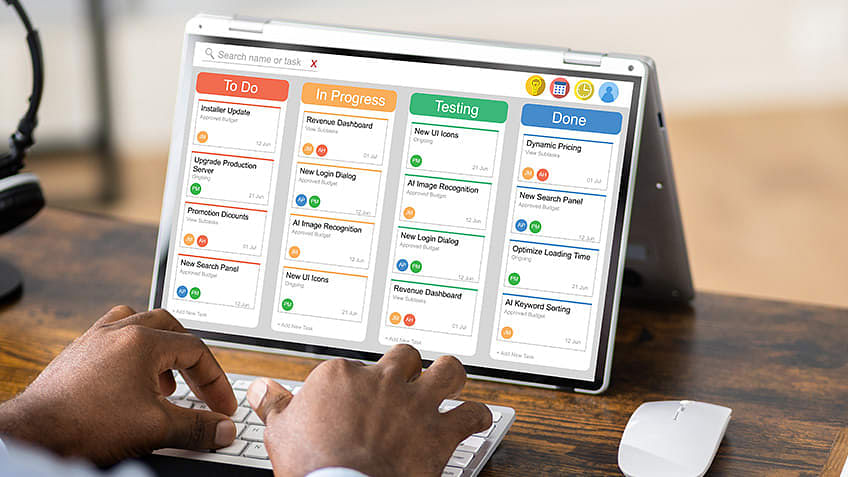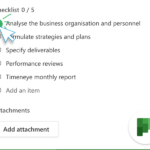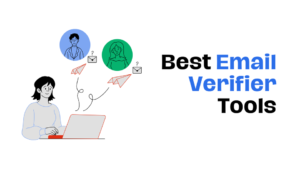Managing tasks effectively is crucial for productivity. Comparing digital tools and traditional methods in task management reveals key differences.
In today’s fast-paced world, managing tasks efficiently can make or break success. Some rely on digital tools, enjoying their convenience and advanced features. Others prefer traditional methods, valuing simplicity and tangibility. Each approach has its strengths and weaknesses. This comparison helps you understand which method suits your needs better.
Whether you are a tech enthusiast or prefer pen and paper, knowing the pros and cons will improve your task management. Read on to discover the best way to stay organized and productive.
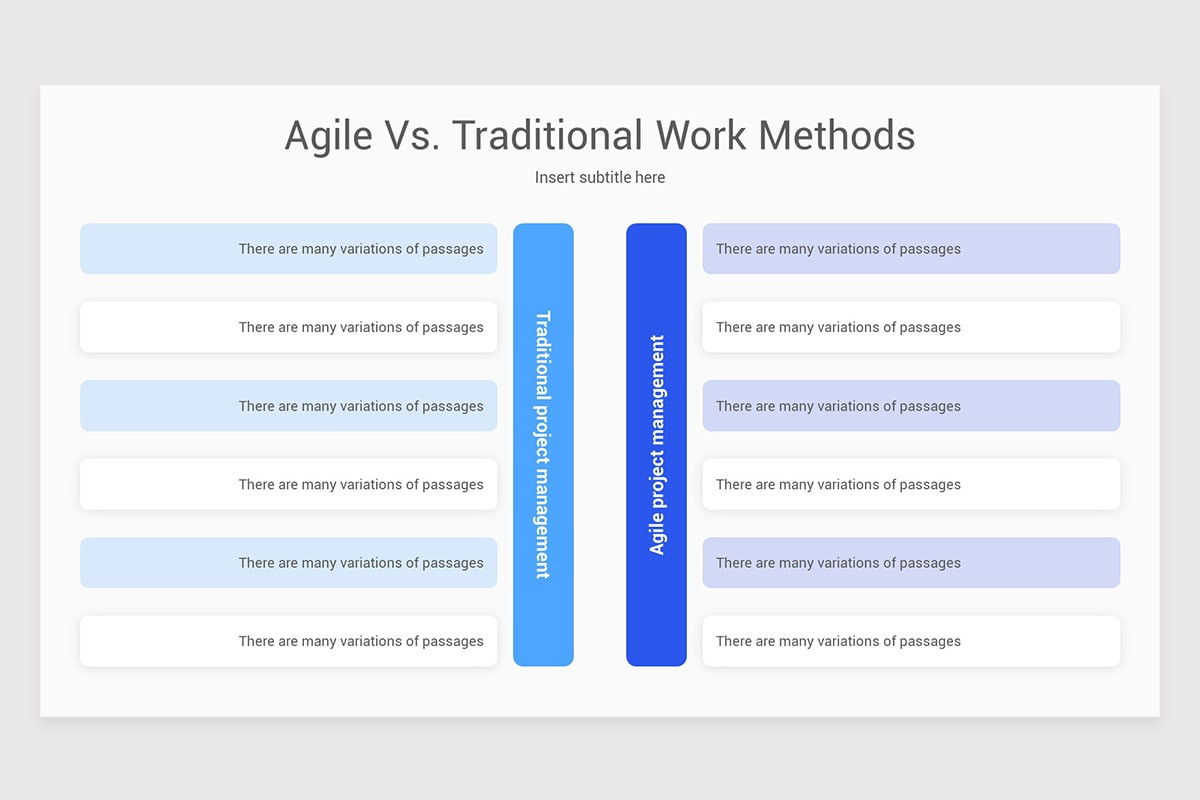
Credit: www.nulivo.com
Table of Contents
ToggleIntroduction To Task Management
Task management is the process of tracking and organizing tasks. It helps individuals and teams accomplish goals efficiently. Effective task management ensures that nothing falls through the cracks. It involves planning, setting priorities, and managing time.
Evolution Of Task Management
Task management has evolved over the years. Traditional methods included to-do lists on paper and sticky notes. These methods were simple but had limitations. They could be lost or damaged easily.
Digital tools emerged to address these issues. They offer more features and flexibility. Digital tools can integrate with other apps and systems. They allow for real-time updates and collaboration. This evolution has transformed how we manage tasks today.
Importance In Modern Workplaces
Task management is crucial in modern workplaces. It helps improve productivity and efficiency. Teams can track progress and meet deadlines. It also reduces stress by keeping tasks organized.
Digital tools play a significant role here. They facilitate communication and collaboration. Team members can share updates and feedback easily. This leads to better teamwork and project outcomes.
Digital Tools Overview
Digital tools for task management have seen a rise in popularity. These tools offer a range of functionalities that make managing tasks easier and more efficient. They provide features that help in organizing, tracking, and completing tasks. Below, we will explore some of the popular digital tools and their key features.
Popular Digital Tools
Several digital tools have become favorites for task management. They offer unique features that cater to different needs. Here are a few well-known options:
- Trello – Known for its card-based system.
- Asana – Great for team collaboration.
- Todoist – Simple and user-friendly.
- Microsoft To Do – Integrated with Microsoft Office.
- Monday.com – Highly customizable workflows.
Key Features
Digital tools offer several key features that enhance task management. Here are some of the most important ones:
- Task Assignment – Easily assign tasks to team members.
- Deadlines and Reminders – Set deadlines and receive reminders.
- Progress Tracking – Monitor task progress in real-time.
- Collaboration – Share tasks and collaborate with others.
- Integration – Connect with other tools and platforms.
These features help in keeping tasks organized and on schedule. They offer a clear view of what needs to be done and by when. The ability to collaborate and track progress ensures nothing falls through the cracks.
Traditional Methods Overview
Task management has always been crucial in both personal and professional settings. Traditional methods have been around for decades. These techniques are still used by many. They provide a sense of familiarity and reliability.
Common Traditional Techniques
One popular method is the to-do list. People write tasks on paper. They check them off as they complete each task. Another common technique is the use of calendars. Calendars help track deadlines and appointments. Sticky notes are also widely used. They serve as quick reminders placed in visible spots.
Advantages Of Traditional Methods
Traditional methods do not require any technology. This makes them accessible to everyone. Writing tasks on paper can be more engaging. It often helps with memory retention. These methods also provide a tactile experience. Many find satisfaction in physically crossing off tasks.
Using traditional methods can also reduce screen time. This is beneficial for those who want to minimize digital distractions. These techniques are easy to use. They do not require any learning curve. They offer a straightforward approach to managing tasks.
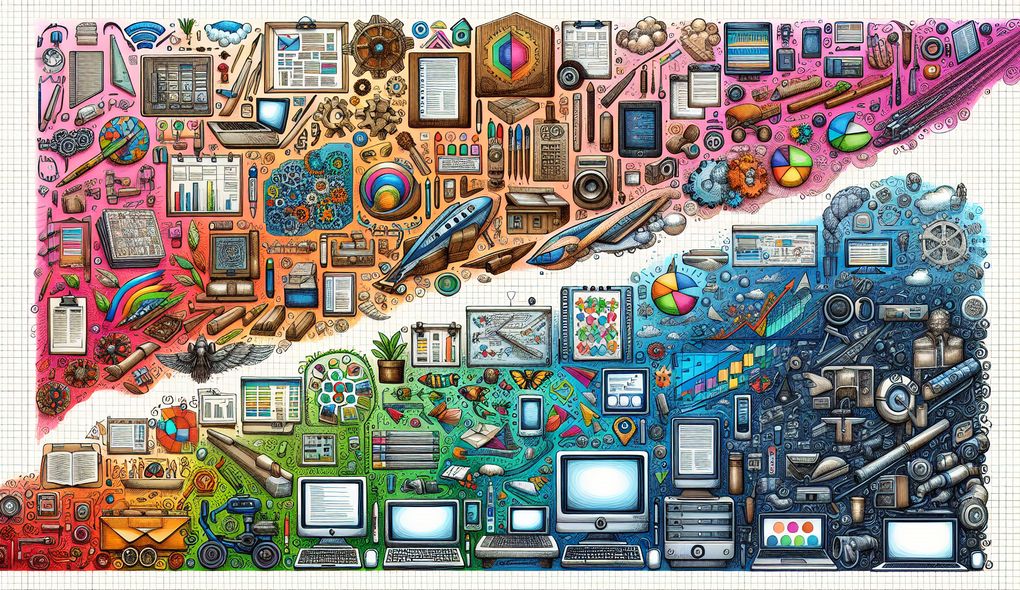
Credit: jobya.com
Efficiency Of Digital Tools
Digital tools have transformed the way we manage tasks. They offer numerous advantages over traditional methods. This section will explore the efficiency of digital tools in task management.
Time Management
Digital tools help in better time management. They offer features like reminders and deadlines. These ensure you stay on track with your tasks. Traditional methods lack such automated features. You may forget important dates or deadlines. Digital tools also allow for quick adjustments. This flexibility saves time and increases efficiency.
Collaboration And Communication
Collaboration becomes seamless with digital tools. Teams can share documents and updates in real-time. This improves communication and reduces misunderstandings. Traditional methods often involve physical documents. These can be misplaced or lost. Digital tools provide a centralized platform. Everyone can access the latest information. This leads to better teamwork and productivity.
Efficiency Of Traditional Methods
Traditional methods in task management boast reliability and simplicity. Their efficiency lies in the ease of use and minimal learning curve.
Traditional task management methods have their own charm and benefits. Many people find them efficient and reliable. They rely on simple tools like pen and paper. These methods offer a tangible way to track tasks and deadlines. People have used these methods for decades. They continue to be popular due to their simplicity and effectiveness.Reliability And Simplicity
Traditional methods are easy to use and understand. A pen and paper never crash or require updates. They are always ready to use. Writing tasks down helps in remembering them better. It’s a straightforward way to manage tasks. No need for complex tools or learning curves. A paper planner is reliable. It doesn’t depend on electricity or the internet. This makes it a dependable choice. Many people trust these methods for their daily task management.Focus And Minimizing Distractions
Traditional methods help in maintaining focus. Writing tasks on paper reduces the temptation to check digital devices. This minimizes distractions. Digital tools often come with notifications and alerts. These can be distracting. A simple to-do list on paper keeps the focus on tasks. It’s a clear and distraction-free way to stay organized. This simplicity helps in getting tasks done efficiently. The mind remains clear and focused on the task at hand. “`Comparing Costs
Understanding the costs involved in task management is essential for any organization. Both digital tools and traditional methods have their own cost structures. This comparison will help you decide the best option for your needs.
Initial Investment
The initial investment in digital tools can be substantial. You might need to purchase software licenses or subscribe to a service. Here’s a look at common expenses:
- Software licenses
- Subscription fees
- Hardware (e.g., computers, tablets)
- Training costs
Traditional methods, on the other hand, often have lower upfront costs. Typical expenses include:
- Notebooks and planners
- Pens and stationery
- Filing cabinets
While the initial investment for digital tools is higher, they can offer long-term savings through automation and efficiency.
Maintenance And Upgrades
Maintenance and upgrades are ongoing costs that can vary significantly. Digital tools require:
- Software updates
- Hardware replacements
- Subscription renewals
These costs can add up over time. Traditional methods have lower maintenance costs. You may only need to replace items as they are used up.
| Cost Type | Digital Tools | Traditional Methods |
|---|---|---|
| Initial Investment | High | Low |
| Maintenance | Moderate | Low |
| Upgrades | Frequent | Rare |
Choosing between digital tools and traditional methods depends on your budget and long-term goals. Evaluate both initial and ongoing costs to make an informed decision.
User Experience
The user experience in task management tools is crucial. It determines how efficiently you manage tasks. Digital tools and traditional methods offer different experiences. Let’s explore these aspects in detail.
Ease Of Use
Digital tools often come with a learning curve. They require users to understand the interface and features. However, once mastered, they simplify complex tasks. These tools offer features like:
- Automated reminders
- Task prioritization
- Collaboration
Traditional methods, like pen and paper, are straightforward. No training is needed. Everyone knows how to use them. They are perfect for simple, quick notes. Here’s a comparison table:
| Aspect | Digital Tools | Traditional Methods |
|---|---|---|
| Learning Curve | High | Low |
| Features | Many | Few |
| Accessibility | Requires device | Always accessible |
User Preferences And Adaptability
People have different preferences. Some prefer digital tools. They like the advanced features and cloud access. Digital tools suit those who work remotely. They also help teams collaborate in real-time.
Others stick to traditional methods. They enjoy the tactile feel of writing. It’s also easier to carry a notebook. No batteries or internet needed. Traditional methods are adaptable in any situation.
Which method is best? It depends on the user’s needs. Digital tools are great for tech-savvy users. Traditional methods are better for simplicity lovers.
Future Trends In Task Management
The future of task management is evolving rapidly. Digital tools are advancing, and traditional methods are adapting to new trends. Understanding these changes can help you manage tasks efficiently. Here, we explore the future trends that are shaping task management.
Integration Of Ai
Artificial Intelligence (AI) is transforming task management. AI can automate repetitive tasks, saving time. Tools like Asana and Trello use AI to predict deadlines and suggest task prioritization. This helps teams focus on more important work.
AI can also analyze data to identify productivity patterns. It provides insights into how teams can improve their workflow. This data-driven approach ensures tasks are completed on time.
Hybrid Approaches
Many organizations are adopting hybrid approaches. They combine digital tools with traditional methods. This approach offers flexibility and caters to diverse teams.
For example, a team might use a digital calendar for scheduling. At the same time, they might use physical sticky notes for brainstorming. This blend of methods can enhance creativity and productivity.
Here is a table that shows the benefits of hybrid approaches:
| Benefit | Explanation |
|---|---|
| Flexibility | Allows use of both digital and traditional tools. |
| Enhanced Creativity | Combines structured and unstructured methods. |
| Improved Productivity | Cater to different work styles and preferences. |
Hybrid approaches ensure that teams can adapt to different tasks and projects. They can choose the best tool for each task, whether digital or traditional. This adaptability is crucial for efficient task management.

Credit: www.flowlu.com
Frequently Asked Questions
What Are The Benefits Of Digital Task Management?
Digital task management offers real-time collaboration, easy access, and automation. It helps improve productivity and organization. Digital tools also provide detailed tracking and analytics.
How Do Traditional Methods Compare To Digital Tools?
Traditional methods lack real-time collaboration and automation. They can be time-consuming and less efficient. However, they offer simplicity and minimal setup.
Can Digital Tools Replace Traditional Methods Completely?
Digital tools are more efficient but may not suit everyone. Traditional methods offer simplicity and may be preferred for smaller tasks or personal use.
Are Digital Tools More Cost-effective?
Many digital tools offer free or affordable plans. They often save time and increase productivity, making them cost-effective in the long run.
Conclusion
Both digital tools and traditional methods have their strengths. Digital tools offer speed and efficiency. Traditional methods provide a personal touch. Choosing the right approach depends on your needs. Digital tools can simplify complex tasks. Traditional methods can foster deeper understanding.
Experiment with both to find your balance. Combining both may yield the best results. Happy task managing!

